Unlocking the Potential of Your Multi-Generational Workforce with On-Demand Pay
- As U.S. skills shortages remain persistently high, forward-looking employers realize that skills are more important than age.
- A multi-generational workforce promotes diverse thinking and can offer significant business benefits.
- Tapping into this potential requires putting the correct leadership, communication, upskilling, and flexible employee benefits and payroll structures in place.
Today, our economy has five generations working shoulder-to-shoulder in the workplace: the Silent Generation, Baby Boomers, Gen-X, Millennials, and Gen-Z, each of which brings different mindsets and expectations. Organizations face the challenge of managing the different expectations of each demographic cohort.
In this article, we’ll explore how employers can ensure they bring out the best in each demographic group by creating a supportive and inclusive working environment and offering a flexible suite of benefits that will appeal to everyone, regardless of age and life stage.
The Multi-Generational Workforce – A Look at the Numbers
The world’s population is projected to increase to 9.7 billion by 2050, and the number of people over 60 is expected to double from 1 billion to 2 billion. This rise results from numerous factors, including declining birth rates, advances in medical technology, and improvement in public health services.
A significant implication of this demographic shift is an increase in the number of older workers in the workforce. Additionally, many senior citizens feel they must keep working to ensure they can retire comfortably due to inadequate savings and the escalating cost of living.
Older workers across all industries are reskilling and upskilling to remain relevant and switching employers to pursue new careers. This presents companies looking to fill open roles with skilled resources with unique opportunities.
The Benefits and Challenges of Managing a Multi-generational Workforce
While operating a multi-generational workforce can deliver compelling benefits, it can also present new challenges that must be thoughtfully and sensitively navigated to ensure a harmonious workplace environment.
Age-diverse teams bring together people with complementary abilities, skills, experience, and networks. If managed effectively, diverse teams are smarter, more innovative, and better at problem-solving. They can offer better decision-making ability, more-productive collaboration, and improved performance. However, tapping into this potential requires structures to manage the intergenerational conflict that might arise during age-related misunderstandings.
Employers should see differences as opportunities or “productive friction.” The inevitable tension that emerges when diverse views intersect can result in ground-breaking ideas and solutions that might not have developed otherwise. The secret lies in cultivating a company culture that accepts and nurtures the positive aspects of diversity, supports full and equal participation, and values the unique strengths and distinct viewpoints each generation brings.
Unlocking the Potential of Your Multi-generational Workforce
How can you create a workplace where employees of all ages feel empowered to contribute their best? Here are some steps to making the most of your multi-generational teams:
1. Address Age Bias Head-on
Problems are to be expected when different generations are asked to work together toward a common goal. It’s vital to challenge stereotypes and assumptions that often color people’s perceptions of different age groups. For example, younger generations may quickly label Baby Boomers as technology laggards who are out-of-touch and set in their ways. The latter may dismiss Millennials as lazy or entitled. Such generalizations aren’t just unfair and unfounded; they’re also counterproductive.
To successfully leverage the power of a generationally diverse workforce, you need to ask every employee to be willing to see beyond the stereotypes and appreciate the unique qualities each of their colleagues brings to the table, regardless of age. One way to operationalize this vision is by pairing older workers with younger ones on projects that have the potential to result in bi-directional knowledge transfer. Other options include mentorship programs, team-building exercises, or interdepartmental projects, where employees from different generations come together to build mutual understanding and forge stronger personal and professional connections.
2. Encourage Open Communication and Respect
In any business, honest and open communication is the key to building trust and fostering collaboration. In an age-blended workforce, getting this right is even more critical. Leaders should take action to break down any barriers caused by generational differences by creating an environment where everyone feels comfortable speaking up. Part of this involves acknowledging communication differences and initiating open conversations about them. Such an approach will go a long way to dismantle misunderstandings that hinder cooperation and learning.
Ultimately, respect lies at the heart of everything. This means building a culture where employees’ differing needs and expectations are accommodated, whether working flexible or unconventional hours or requiring specialist training and support.
3. Create a Culture of Continuous Learning
Companies that embrace the potential of their multi-generational teams and set them up for professional growth will be best positioned for success. Creating a culture of continuous learning will benefit employees of all ages and help close generational gaps. Training and development interventions will ensure teams stay current with industry trends and best practices and facilitate knowledge transfer between generations.
4. Adopt an Individualized Approach to Employee Benefits
Employees from different generations will be looking for benefits that support their particular lifestyles. Gen-X workers might be seeking better retirement benefits. Gen-Z employees may be looking for insights into money management and investments.
The concept of wellness (including physical, mental, and financial health) matters to every generation. However, their needs and challenges will likely differ based on their age. A company’s ability to provide support in these areas is important to everyone.
Boosting Financial Wellness for All Employees With On-Demand Pay
On-demand pay is an employee benefit that allows companies to support their people through different life stages, whether starting a family, going back to college, caring for an elderly spouse or parent, dealing with age-related medical issues, or preparing for retirement. It can help companies attract the best talent, improve retention, and reduce absenteeism.
On-demand pay lets employees control when they get paid and prevents them from incurring overdraft fees by giving them access to a portion of their earned wage when they need them. Payments are instant, and for employers, there’s no additional administrative work as the entire process is seamless integrating directly into the existing HRIS system.
Are You Ready to Master the Office Melting Pot?
By 2050, nearly 1 million people could be 100 years or older. This means we can expect multi-generational workforces to become the norm. These diverse workforces offer many potential benefits for companies that take the time to understand and harness them correctly.
All content provided on Payactiv.com/blog/ is for informational purposes only. Payactiv makes no representations as to the accuracy or completeness of any information on this site or found by following any link from this site. Payactiv will not be liable for any errors or omissions in this information nor for the availability of this information. Payactiv will not be liable for any losses, injuries, or damages from the display or use of this information.
Get Payactiv for your business
Related Articles
Payroll on-demand is gaining recognition as a payroll model that addresses the...
If you are looking to offer on-demand pay to your employees, then we've got you...
Most organizations think about payroll as a rigid process where payment dates...
© 2025 Payactiv, Inc. All Rights Reserved
24 hour support: 1 (877) 937-6966 | [email protected]
* The Payactiv Visa Prepaid Card and the Payactiv Visa Payroll Card are issued by Central Bank of Kansas City, Member FDIC, pursuant to a license from Visa U.S.A. Inc. Certain fees, terms, and conditions are associated with the approval, maintenance, and use of the Card. You should consult your Cardholder Agreement and the Fee Schedule at payactiv.com/card411. If you have questions regarding the Card or such fees, terms, and conditions, you can contact us toll-free at 1-877-747-5862, 24 hours a day, 7 days a week.
** Central Bank of Kansas City does not administer, nor is liable for earned wage access.
Payactiv, Inc.
NMLS ID: 2591928
Payactiv holds earned wage access services (EWA) license number 2591928EWA with the Wisconsin Department of Financial Institutions.
Apple and the Apple logo are trademarks of Apple Inc., registered in the U.S. and other countries. App Store is a service mark of Apple Inc., registered in the U.S. and other countries.
Google Play and the Google Play logo are trademarks of Google LLC.
Galaxy Store and the Galaxy Store logo are registered trademarks of Samsung Electronics Co., Ltd.




